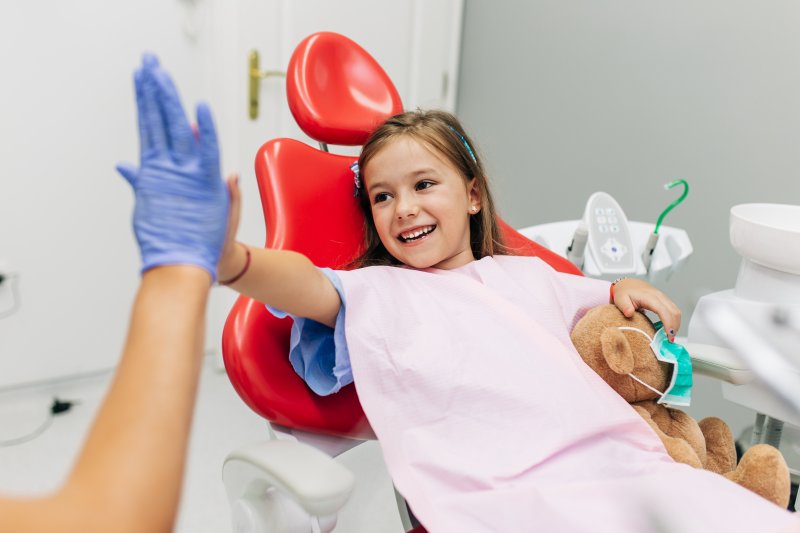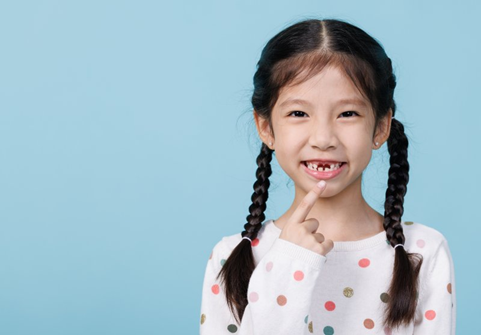
Sprout Dentistry For Kids Blog
Keep up with the latest topics in pediatric dentistry!
December 23, 2025
Welcome to Sprout Dentistry for Kids
Welcome to Sprout Dentistry for Kids
At Sprout Dentistry for Kids, your child’s smile is in expert hands. Dr. Justin Chan and Dr. Sage Yoo are both board-certified pediatric dentists with advanced training in pediatric oral health, behavior guidance, and minimally invasive dentistry.


Welcome to Sprout Dentistry for Kids
Welcome to Sprout Dentistry for Kids
At Sprout Dentistry for Kids, your child’s smile is in expert hands. Dr. Justin Chan and Dr. Sage Yoo are both board-certified pediatric dentists with advanced training in pediatric oral health, behavior guidance, and minimally invasive dentistry.

Expecting? Here’s How Daily Dental Care Can Help You Avoid Complications!
Expecting? Here’s How Daily Dental Care Can Help You Avoid Complications!
If you’re an expecting parent, congratulations! This is an exciting time – though it can also be stressful. You no doubt want what’s best for you and your soon-to-be child, but between the increased fatigue and constantly fluctuating hormones, it can be downright difficult to keep track of what you should and shouldn’t do. Fortunately, you don’t have to know everything. That’s what your pediatric dental team is for! Here’s...

Tiny Trouble: Why A Baby Tooth Would Need to Be Extracted
Tiny Trouble: Why A Baby Tooth Would Need to Be Extracted
When your child starts to lose their baby teeth, it can be a mix of excitement and a bit of sadness. Your little one is starting to grow up, so that can definitely bring a whirlwind of emotions! However, if your dentist has recommended pulling one of their tiny teeth, then you may be left wondering why. They might have told you before to leave them alone, so keep reading...

Silver Diamine Fluoride: A Cavity’s Worst Nightmare
Silver Diamine Fluoride: A Cavity’s Worst Nightmare
Silver diamine fluoride (SDF) is a safe and reliable treatment for children prone to developing cavities. Its unique formula not only arrests decay in its tracks, but studies show that it also prevents future dental caries from forming. If you want to make sure your child’s smile remains better protected as it grows, read on to learn how SDF can be just as effective as dental sealants and other similar...

Will My Baby Outgrow a Lip or Tongue Tie?
Will My Baby Outgrow a Lip or Tongue Tie?
When your baby has a lip or tongue tie , it can make everyday activities like nursing a challenge. Worse yet, as time goes on it can create a variety of problems including speech issues. But do these conditions ever go away? Here’s what you need to know about why it’s so important to treat lip and tongue ties in children. What is a Tongue Tie? A tongue tie is...

When Can I Expect My Child’s Baby Teeth to Come in and Fall Out?
When Can I Expect My Child’s Baby Teeth to Come in and Fall Out?
Your child’s teeth are a pretty big deal – both in the sense that they’re super important for development and that they can have an impact on your child’s mood. With this in mind, when can you expect their first set of teeth (the infamous baby teeth) to come in? And when should they fall out? What’s considered normal? Ultimately, every child is different, but this post can provide you...
Influential Imaginings: 3 Ways to Welcome the Tooth Fairy
Influential Imaginings: 3 Ways to Welcome the Tooth Fairy
Although every child is unique, they tend to hit certain milestones in their dental development at predictable stages. For example, most grow their first tooth around 1 year old and have all 20 by the time they turn 3. Then, kids typically lose their first primary tooth around 6 years old to make room for their adult teeth to arrive. If your little one feels nervous about a loose tooth...

What Are Shark Teeth in Kids?
What Are Shark Teeth in Kids?
Seeing two rows of teeth in your child’s mouth can be alarming. Before you panic, know that what you’re seeing is a common phenomenon known as “shark teeth,” and it’s usually nothing to worry about. Named after the multiple rows of teeth seen in sharks, this dental milestone may look strange, but it’s a normal part of growing up for many children. Here’s what you need to know about shark...

Can a Lip or Tongue Tie Prevent My Child From Eating Solid Food?
Can a Lip or Tongue Tie Prevent My Child From Eating Solid Food?
Introducing solid foods can be an exciting time for parents and little ones. New textures and tastes can make eating more enjoyable; however, over time, they may prefer certain items more than others. While it would be easy to assume that their choice is based solely on what tastes good, the truth is that it could be something else entirely, like a lip or tongue tie . To determine whether...
